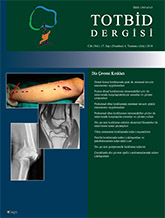
An orthopedist planning to treat a proximal tibial fracture must consider the patients` age, activity level, overall medical condition, and expectation of recovery while deciding on the treatment method. If intramedullary implants are used for the treatment, potential problems that could be faced can be about the bone, the nail, or the technique. It is not possible to distinguish between these disadvantages or to sort them according to importance or frequency. Nevertheless, it is a fact that this technique has important advantages, such as: being minimally invasive, having low infection rate due to the small cut used in the procedure far from the fracture area, and the adopted fixation being biological. Thanks to these advantages, it is possible to successfully treat proximal tibial fractures with intramedullary implants, as long as primary and secondary alignment problems are prevented.